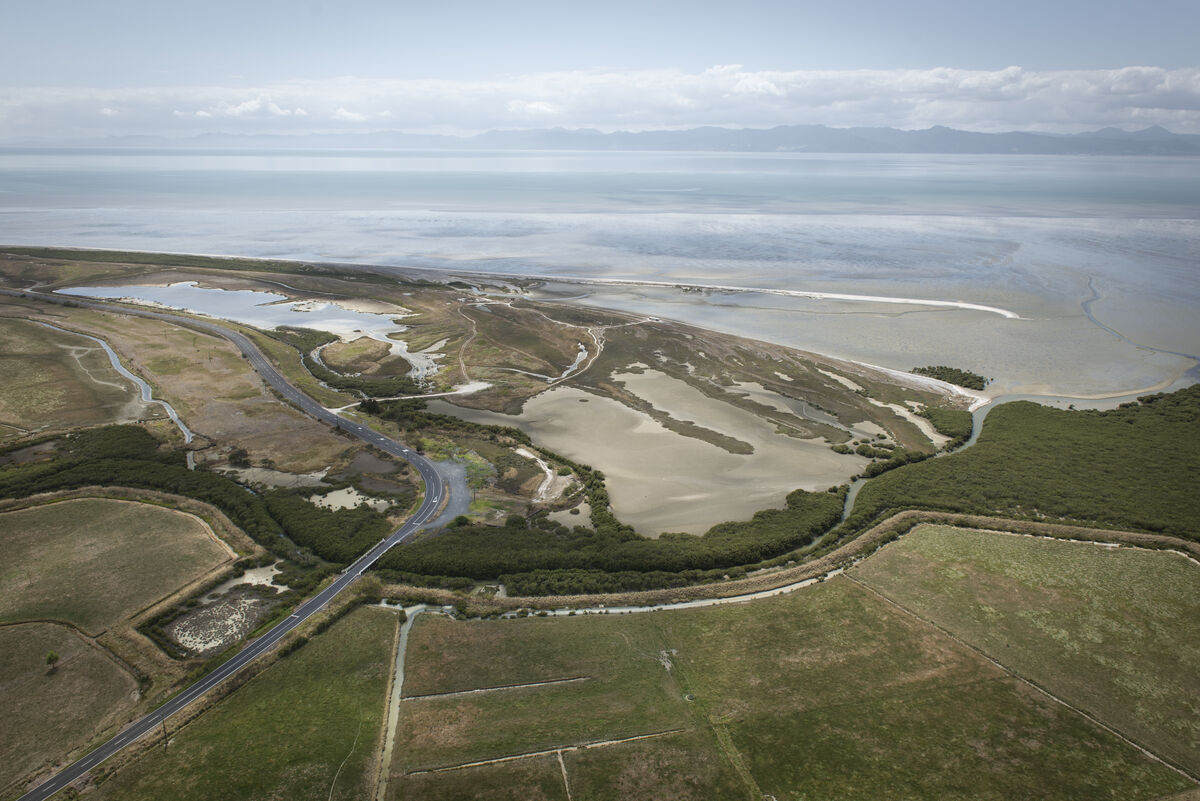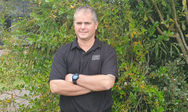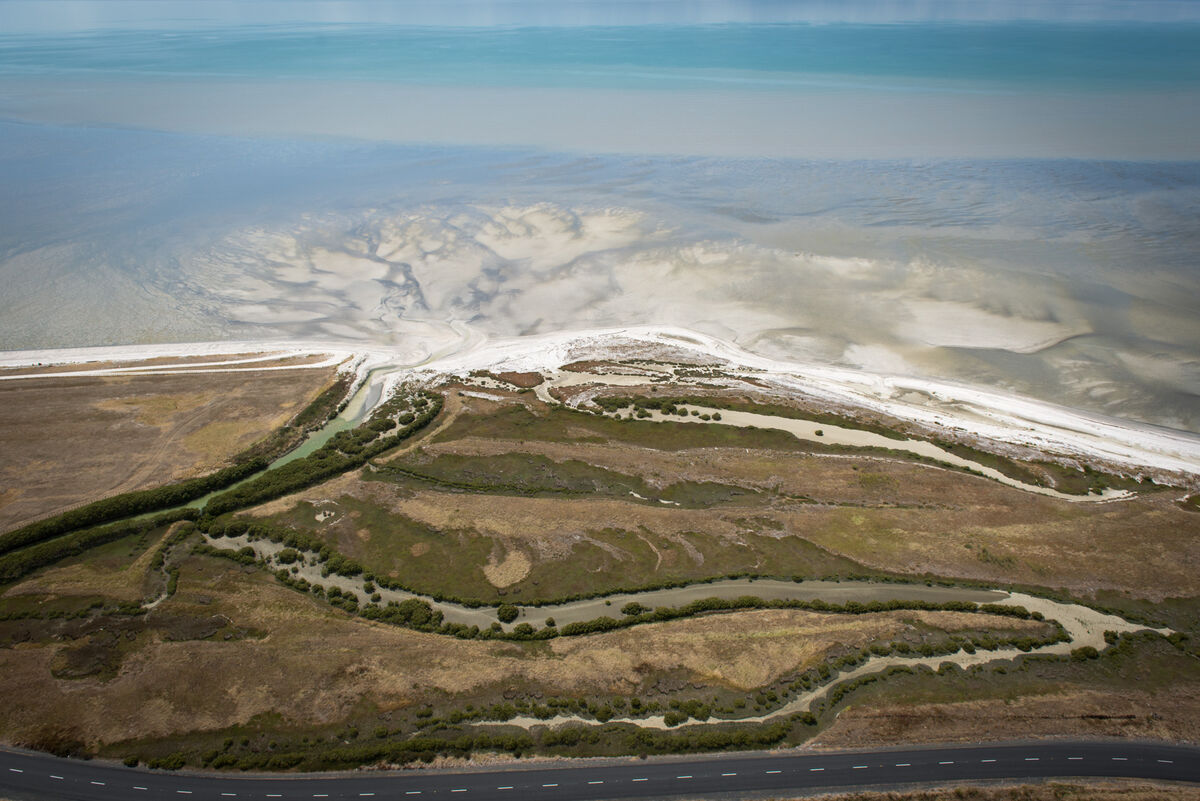
Blue Carbon Project
What is the opportunity?
Coastal development and agriculture have modified and removed coastal wetland ecosystems, leading to biodiversity loss and land vulnerability to rising sea levels. Creating more space for coastal ecosystems and restoration of wetlands will improve resilience to extreme weather events and could also provide a tool to mitigate the effects of climate change through Blue Carbon, by increasing the amount of carbon dioxide stored in oceans and coastal ecosystems.
The scale of coastal wetland restoration required is more than traditional funding through grants and voluntary action could achieve and may require the retirement of farmland, meaning a loss of income for landowners.
A Blue Carbon credit market could provide a sustainable financing model for restoration while providing income to landowners whose land has been retired.
What is Blue Carbon?
Blue Carbon is the carbon captured and held in marine ecosystems. The carbon sequestered by area in coastal wetlands - like mangroves, saltmarshes and seagrass meadows - is much higher than forested areas. Sequestration is the removal and storage of CO2, by restoring coastal wetland habitats their ability to remove carbon from the atmosphere and store it in soil layers is increased. Learn more about Blue Carbon on The Nature Consevancy’s website
What is the project?
The Nature Conservancy investigated seven sites around Aotearoa New Zealand for their potential to become Blue Carbon credit sites, the stored carbon could have a tradeable value on the voluntary carbon market in New Zealand. Examples already exist such as mangrove restoration projects that have been certified under carbon credit systems.
Pūkorokoro-Miranda was selected as one of The Nature Conservancy’s pilot sites due to its coastal location and the recently created Repo ki Pūkorokoro Reserve (19.6 hectare area of retired farmland purchased by the Department of Conservation). The reserve is managed by a community trust, Tiaki Repo ki Pūkorokoro, with the long-term vision to re-wet the Pūkorokoro estuary, restore saltmarsh and aquatic habitat for shorebirds and wetland birds, in particular the Australasian Bittern and Mātātā Fernbird.
The Nature Conservancy’s feasibility assessment showed rewetting tidal salt marsh projects to be technically, financially, legally, and organisationally feasible under certain project design conditions. The pilot has now moved to the operational phase and will begin establishing sample plots at Pūkorokoro-Miranda and three other sites around the country.

Dion Patterson

How does this project build on Living Water’s work at Pūkorokoro- Miranda?
Depending on the outcomes of the operational phase of the investigation, this project will:
- Provide alternative land use options for adjacent landowners who could be interested in retiring land as part of restoration works through the sale of blue carbon credits
- Create more space for wetlands for coastal protection/resilience
- Increase biodiversity
- Further increase shorebird habitat
- Further reduce sediment
- Improve water quality and management
- Provide training and employment opportunities for iwi and the local community
Project timeframe/what next
A Memorandum of Understanding between Tiaki Repo ki Pūkorokoro and The Nature Conservancy was signed in 2023 to begin this project.
The next steps are:
- Assess carbon stocks and fluxes at Te Repo ki Pūkorokoro (TRKP)
- Create reliable data within the boundaries of TRKP on the sequestration rates of saltmarsh ecosystems that can be included as part of a national blue carbon database
- Develop a blue carbon project using an established voluntary carbon methodology, dependent on partner support
Other resources
Coastal areas scoped as potential new 'blue carbon' credit sites – Stuff article
Advancing Blue Carbon in New Zealand’s coastal wetlands – The Nature Conservancy
Feasibility Assessment: Aotearoa New Zealand Blue Carbon Resilience Credit Projects